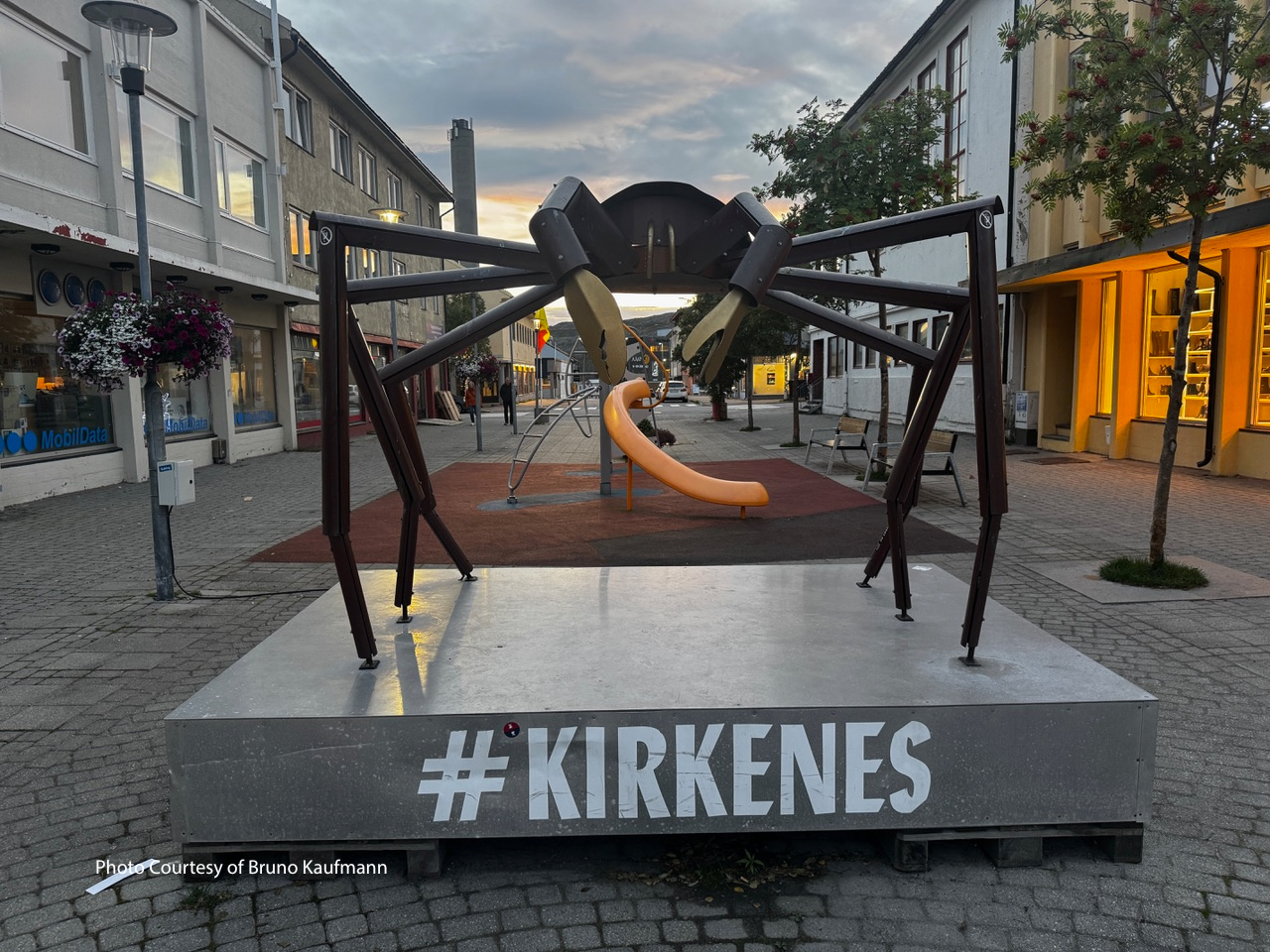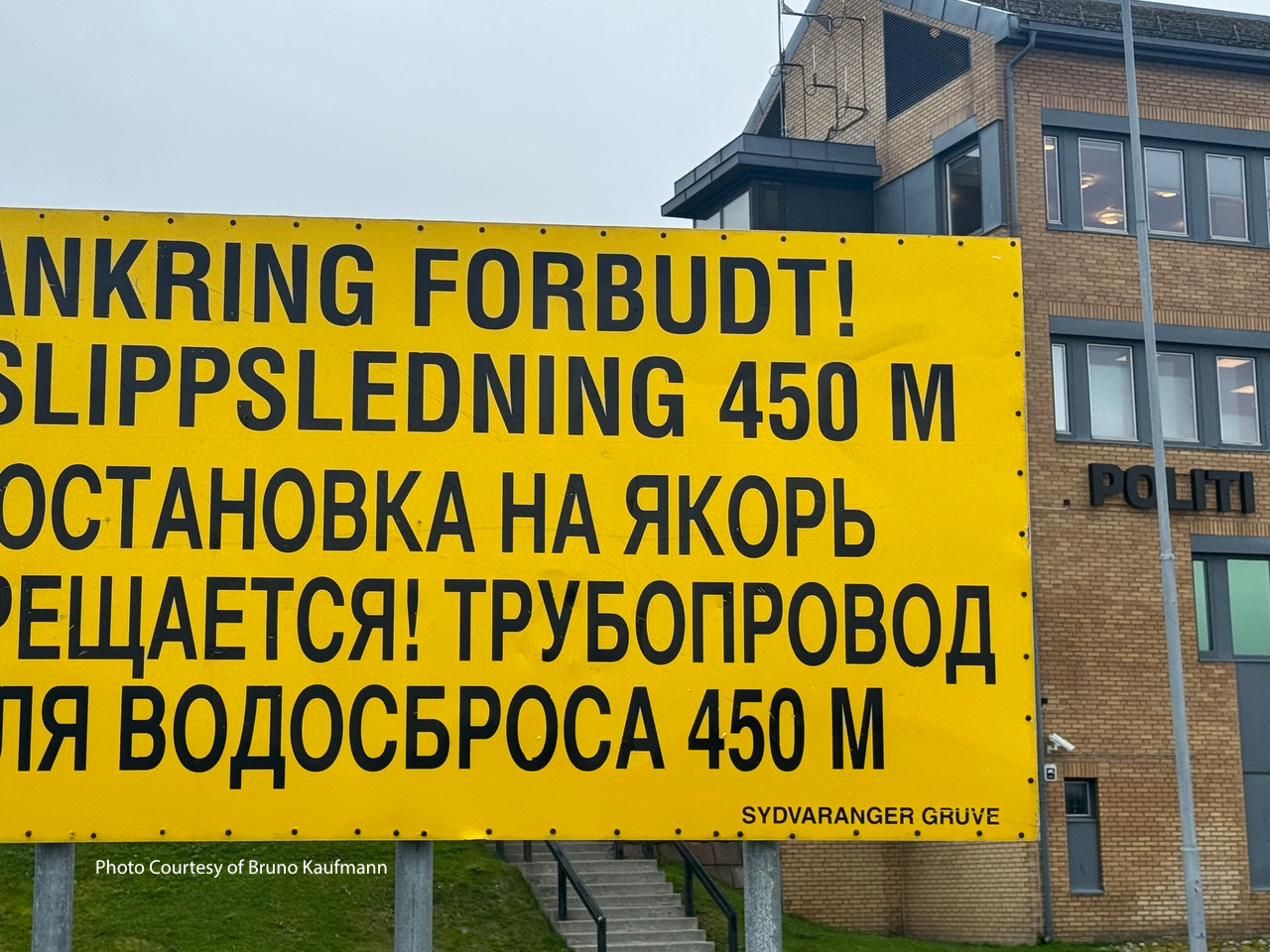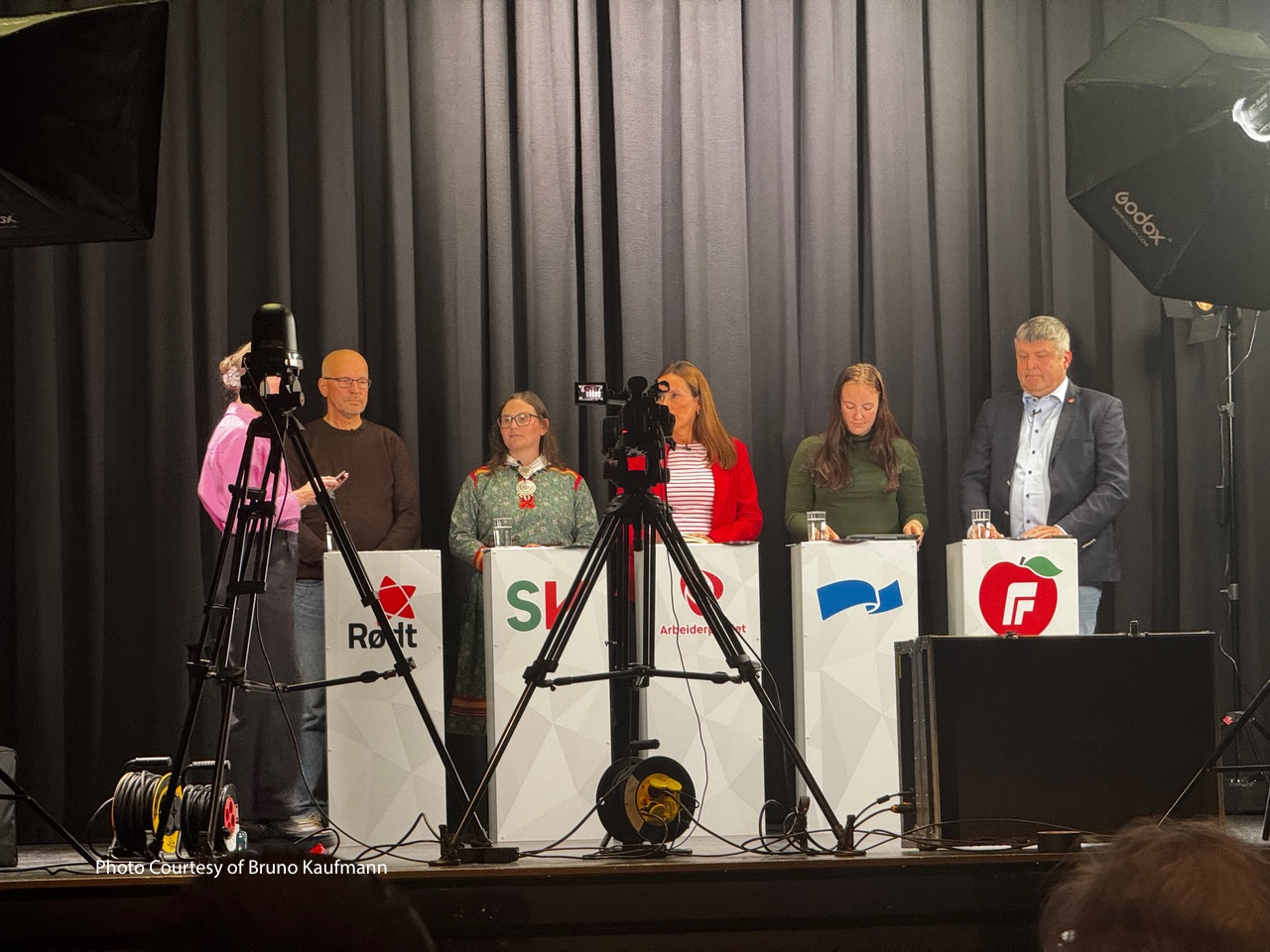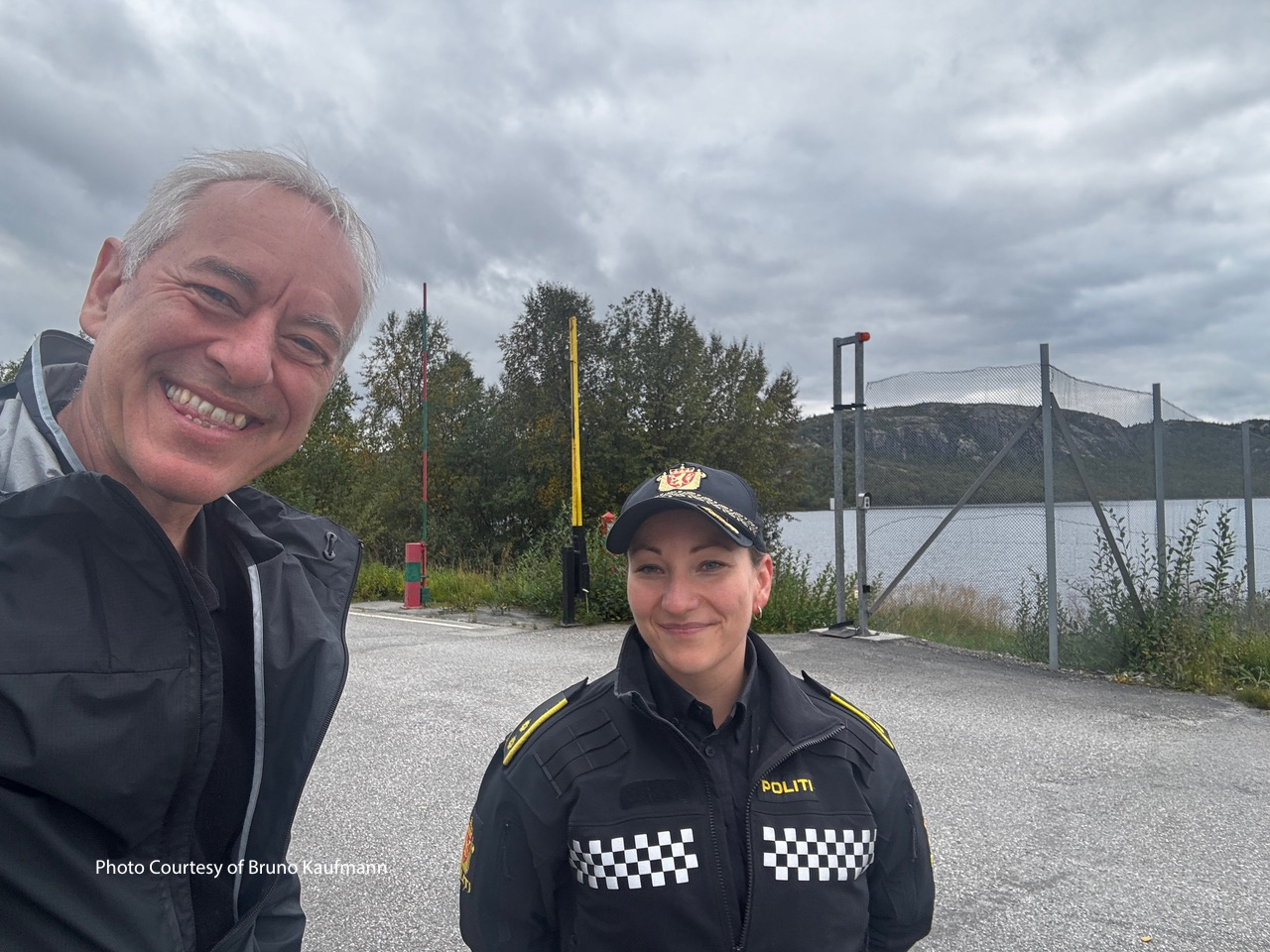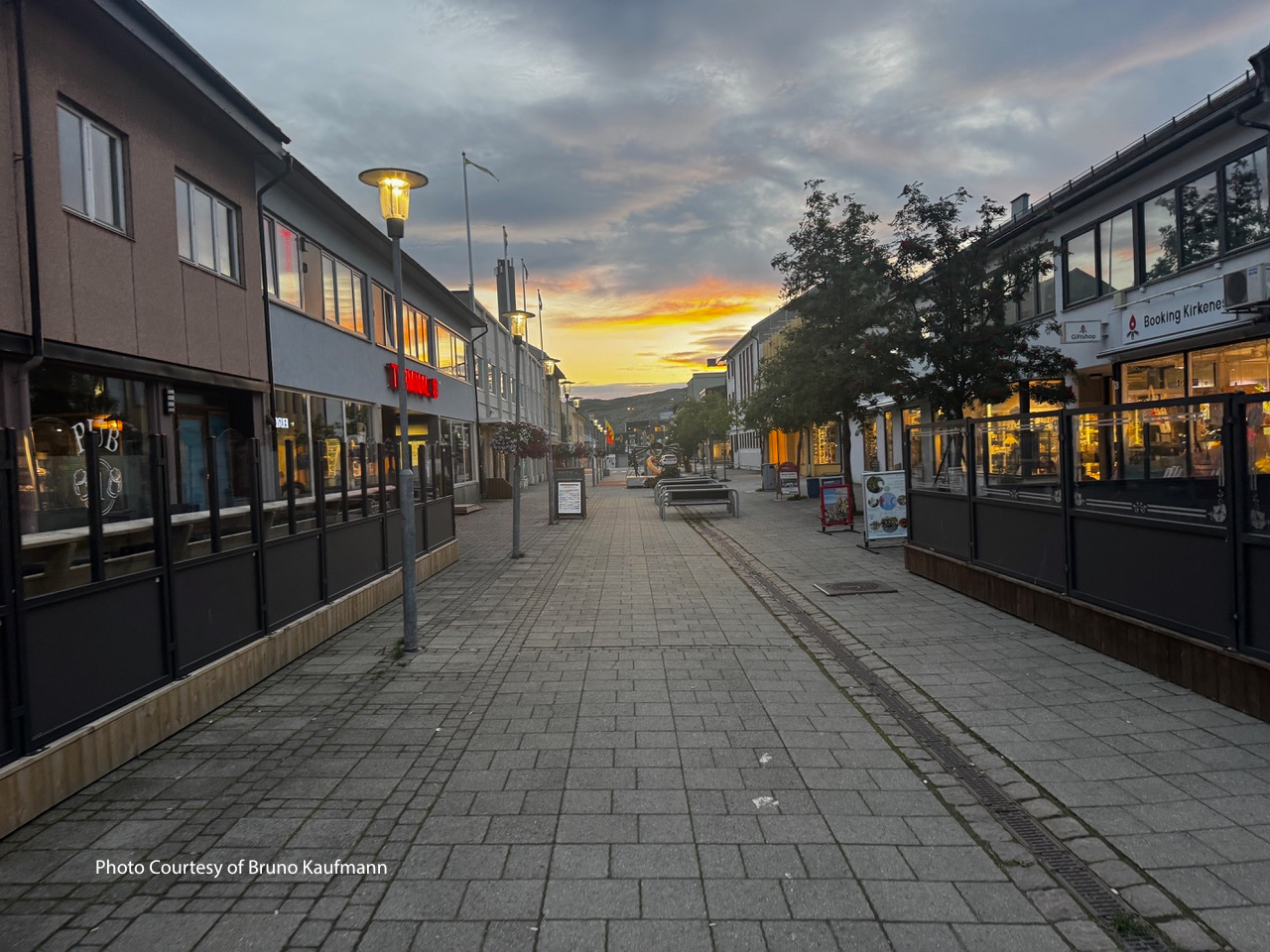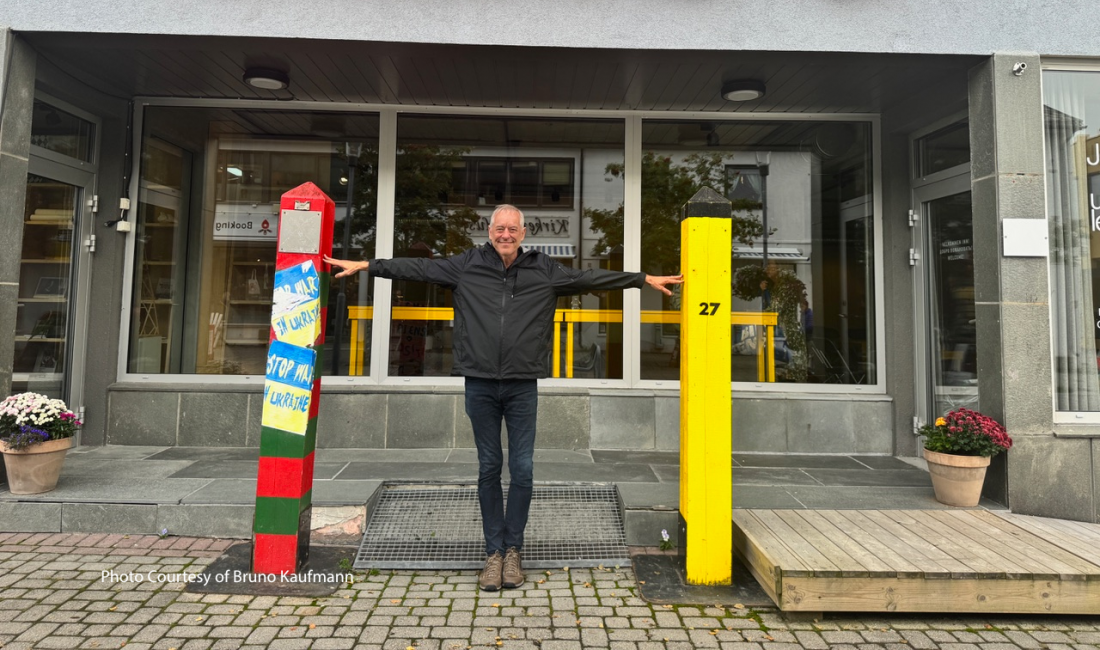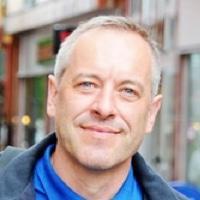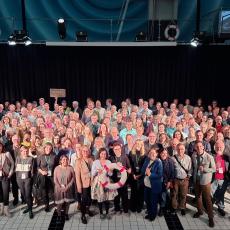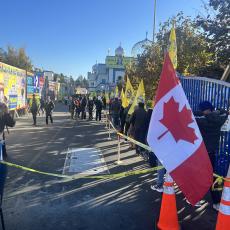A Norwegian town on the Russia border feels pressure, and sees promise, in geopolitics
People often ask me about my Global Forum on Modern Direct Democracy co-president, Bruno Kaufmann, who helped me start Democracy Local, the Swiss Broadcasting global democracy correspondent. But they never ask me:
"How Is Bruno doing?"
They ask, instead:
"Where is Bruno?"
Bruno is a relentless democracy reporter and supporter, spending more than half of each year travelling the world to witness democracy in all its forms. So we have launched this feature, "Where in the Democratic World Is Bruno Kaufmann?" to benefit from his wanderings.
Bruno offers insights from his travels, in his own words (with a little editing- Joe Mathews):
I was just in Kirkenes. It's the place to be. It’s at the border of Norway with Russia.
It’s a fascinating, small place of 10,000 people with a long history of Russian-Norwegian connections and exchange.
This is the coldest moment of relationship between these two countries. Since 2022, with the Ukraine war, borders with Russia are often closed. But in Kirkenes, I was at the border, and there were many more people moving forward and back than I could ever have imagined.
Why is Kirkenes different?
It’s the only place of a semi-open border between Russia and Europe at this point. Because Russia wants to have a place where people can enter Europe.
So, all the people who are going to Russia, visiting family in Russia, they have to go to Kirkenes.
I met Bavarian-Russian-Kazak Russian (a Russian citizen of Kazak background, living in Munich. She talked to me very freely. There is a bus service to get the border.
Having the border semi-open keeps families connected. A lot of people I met in Kirkenes, leaders of organizations, of media, they are all married to Russians. Over the years, over the decades, since the Cold War ended, this connection was so close, that you didn’t need to have a visa if you lived within 30 kilometers on both sides. People could move freely.
Kirkenes is only 10 kilometers from the closest big military base of the Russians. But this base is basically empty because all of the people went to Ukraine and died. There is tension. People remember 2015, the first hybrid attack, when Russia sent 5,000 refugees over the border on bikes.
The phones in Kirkenes, you have to be very cautious that the phone is not taken over Russian networks. They could hack your phone. There is also GPS jamming… Also, in the center of Kirkenes there is a big Russian consulate that is full of wires and surveillance. (The Russian consul often invites people for drinking parties).
Still, Kirkenes is the Norwegian city that tries to keep something of normalcy. But you have all the local institutions that were based on cooperation with the Russia side. Now institutions have to consolidate with neighboring Finland indigenous people, the Sami.
Kirkenes also has the big idea of opening a big mine, a little bit to the south of the city. A Swedish guy I met wants to open the mine next year and create a lot jobs.
In this election this month, the left and Green parties were the big winners there. That was surprising. Also, the Sami people get more of a role… At this moment, there is a feeling that geopolitics is overrunning the place. But it also gives the place possibilities.
Here are more photos from Bruno's trip to Kirkenes:
